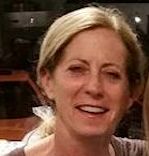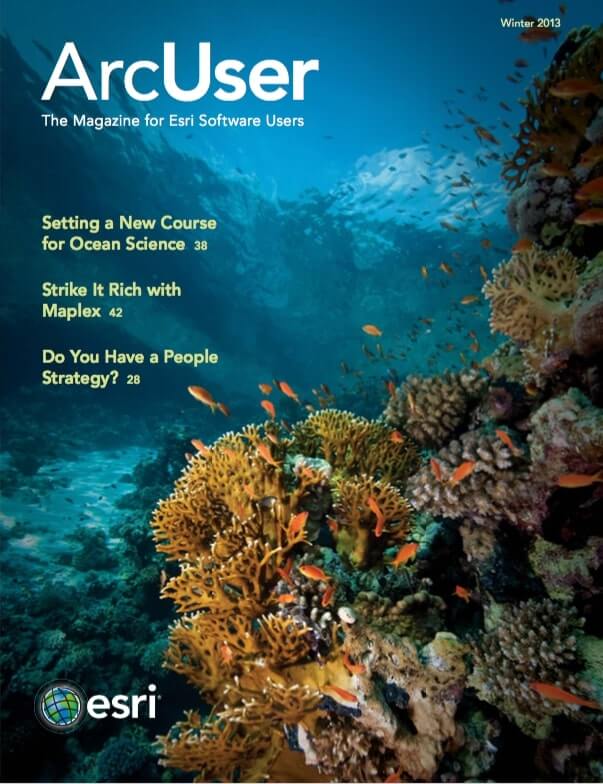If our hopes of building a better and safer world are to become more than wishful thinking, we will need the engagement of volunteers more than ever.
The need has never been greater nor the opportunities more diverse to use your GIS expertise to improve the world. Your commitment can vary from a mission lasting several months in a location halfway around the world to a project accomplished in a couple of hours working remotely from your home.
The phrase volunteer GIS often brings to mind disaster response and recovery work. GISCorps and MapAction are GIS-focused volunteer organizations that have received well-deserved recognition for their missions to the sites of natural and man-made catastrophes.
GISCorps, operated under the auspices of URISA, was created in 2003 to provide GIS services to underprivileged communities using the expertise of its volunteers, who participate in short-term missions. GISCorps partners with other agencies and provides a wide variety of services to host countries that can include technical training; developing web applications; and designing data models, data collection strategies, and GIS systems. In 2012, GISCorps received the Presidential Volunteer Service Award for its work.
Since 2002, MapAction has been using GIS to help aid agencies make evidence-based decisions that improve their response to disasters. This unique nongovernmental organization (NGO), based in the United Kingdom, can mobilize a team trained in humanitarian mapping and information management anywhere in the world in just hours. For its work, MapAction received the Esri Humanitarian Award in 2009. MapAction volunteers are recruited for specific roles and make a substantial commitment in time and availability.
Even if your personal and employment obligations preclude participation in long-term or distant missions, your GIS skills can be applied across a spectrum of worthy causes, some located in your own community. Many nonprofit, humanitarian, and conservation organizations use GIS and can use your help. Opportunities exist to work in well-established programs sponsored by these organizations at national, state, regional, or local levels. You can also find volunteer opportunities related to your current activities or interests. Perhaps your child’s sports team could use some maps, or a local park needs assistance mapping hiking trails. Participating in GIS Day activities can be the starting point for volunteering your GIS skills.
Volunteering continues evolving with GIS technology. The expansion of GIS capabilities across web and mobile platforms has changed the nature of GIS volunteering missions. After Superstorm Sandy in November 2012, four remote-sensing specialists who are GISCorps members participated in a project that analyzed radar imagery in regions affected by the storm. This mission was conducted remotely over a two-week period.
Crowdsourcing has become a way to quickly focus the energy and expertise of GIS practitioners on a specific problem. In 2012, the US Agency for International Development (USAID) used crowdsourced volunteers to process 117,000 records containing international development data to make it accessible. Volunteers, who included members of Standby Task Force and GISCorps, cleaned up and geocoded the records in just 16 hours—44 hours earlier than had been projected.
Why Volunteer
There are many reasons to become a GIS volunteer. For any GIS practitioner, volunteering is an opportunity to meet new people, have new experiences, and feel the satisfaction of knowing your skills are changing the world for the better. You can combine your interest in GIS to further the work of organizations that resonate with your values.
Because volunteering is a way to gain experience and hone GIS skills, it has special appeal for students and recent graduates of GIS programs or job changers who are looking for a new position that might focus on or significantly use GIS. Volunteering is also a way for employed GIS professionals to enhance their resumés and fulfill professional service requirements for geographic information systems professional (GISP) certification. For GIS professionals who are retired or semiretired, volunteering is a way to keep active in the field and give something back.
Exploring Volunteering Opportunities
Some organizations, such as the Cornell University Cooperative Extension Dutchess County (CCEDC), have specific programs for GIS volunteers. CCEDC volunteers have made significant contributions, according to Neil Curri, senior GIS resource educator at the CCEDC Environment & Energy Program GIS Lab. “These volunteers have helped their communities become more geospatially literate,” said Curri. “They’ve also helped create an awareness of the CCEDC GIS Lab as a go-to resource for municipal leaders, watershed organizations, educators, and researchers throughout Dutchess County.”
Although Ducks Unlimited (DU) doesn’t have a formal GIS volunteer program, some of its many volunteers have worked on GIS projects. DU has been using GIS and remote sensing to carry out its mission to conserve, restore, and manage wetlands and associated habitats for North American waterfowl. DU uses GIS to produce maps, graphics, and statistics that communicate its conservation activities to the public and support its fund-raising activities.
Land trusts are another type of conservation organization that is a natural fit for GIS. Located across the country, land trusts work to preserve sensitive natural areas, farmland, ranchland, water sources, cultural resources, and notable landmarks. These organizations often use GIS and depend on volunteers.
If improving local government is your passion and web GIS your area of expertise, and you want to commit a significant amount of time, consider volunteering for Code for America. Applicants chosen for its fellowship program devote a year to public service helping cities leverage technology to become more efficient and engage their citizens.
If you enjoy teaching people about GIS, especially young people, there are many organizations and programs available. The National Geographic Society and Esri created the GeoMentor program. Volunteers adopt a school, class, or club and support educators or club leaders in teaching geographic thinking to youth. Local historical societies, museums, and libraries have been adopting GIS as a framework for organizing assets and making them available online digitally. These organizations often work with schools to support teachers with curriculum resources and can use web GIS skills.
Sometimes a volunteer opportunity can be as simple as seeing a need and using your GIS skills to fill it. As a returning student at the University of North Florida in Jacksonville, Candace Tshirki initially used Esri Community Analyst to study the availability of fresh food in cities. However, she realized she could also use Esri Community Analyst to help her church better understand its congregation. After learning more about the neighborhoods surrounding the church, church leaders now create services that meet the needs of the community.
Finding the Right Fit
The key to a successful volunteering experience is matching your interests, commitment, and skill level to the opportunity. What causes are you already interested in? How far can you travel, and how much time (realistically) can you devote? When considering an opening with an established program, find out what its expectations are in terms of time and the amount of responsibility you would assume. Will you need additional or continuing training? Who will you be working with? The level of expertise required varies greatly from a very high level for some organizations, such as MapAction, to limited skills and a willingness to learn in local groups.
Tia Morita, a GISCorps volunteer who served with the Wide Availability Response Project (WARP) in the Caribbean carried out with MapAction in 2011, observed that “Volunteering is not easy, and certainly requires careful planning of one’s time, but it is well worth it. GIS is a powerful tool and a unique skill set that only a few across nations have. It is incumbent upon us skilled GIS users, creators, and developers to put our unique trade to use to impart positive results for changing lives, policy, and decision making for the better.”


